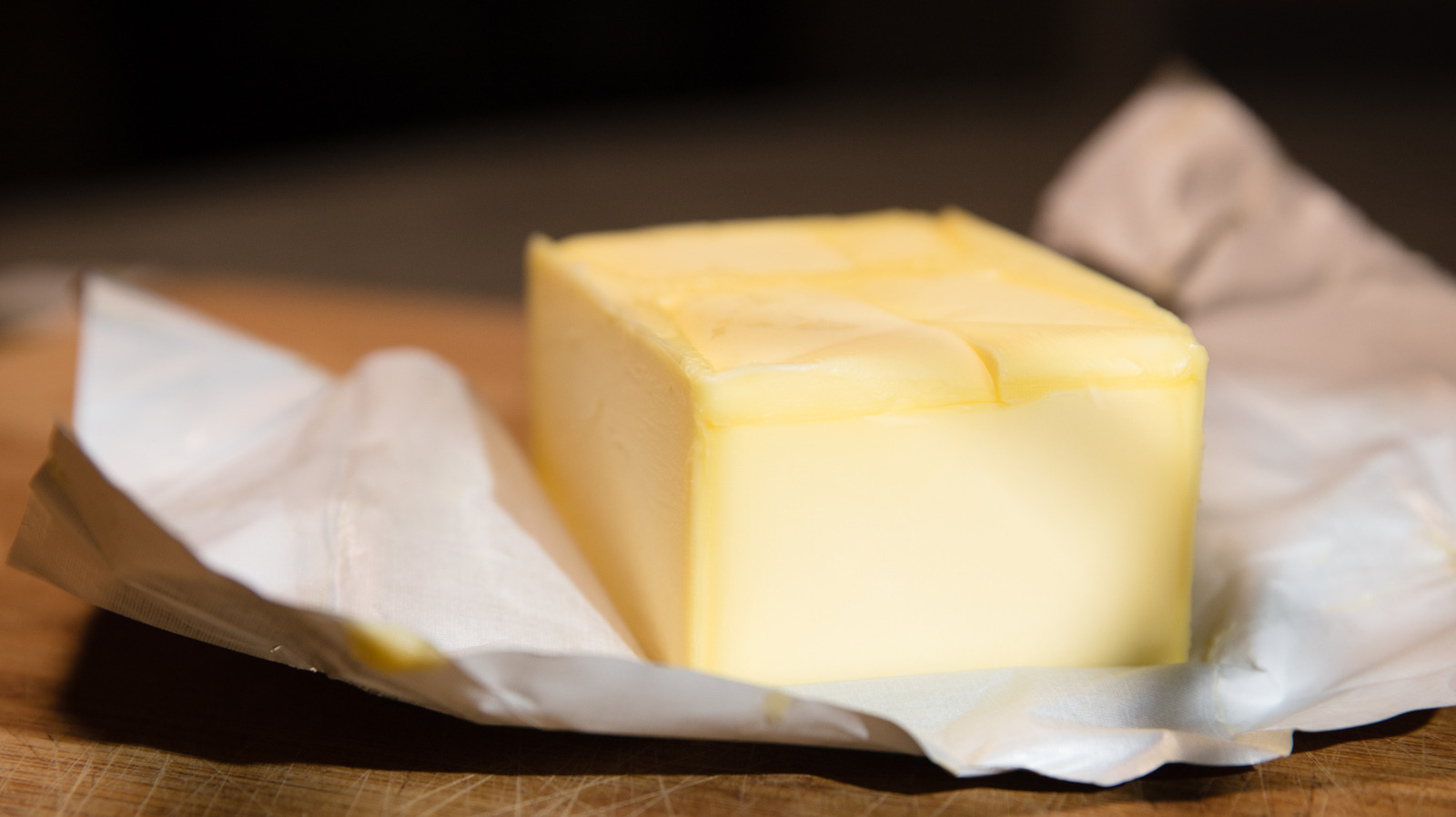
"Before refrigeration, fat was fickle. It spoiled quickly, turned rancid, and needed a buffer against time. Salt was a cheap, bountiful preservative, and so salted butter was the default. If you were a farmer storing the summer's bounty of creamy grass-fed butter, a merchant shipping barrels, or just a household trying to stretch food through lean seasons, salt was non-negotiable because it turned perishable fat into something that could be kept."
"Butter is an emulsion of fat and water. It's mostly fat, but the small amount of water it holds is where microbes can grow. Salt sucks up the water, reducing available moisture and slowing spoilage. The levels of salt added to butter varied regionally, sometimes up to ten times more than we use today. In coastal France, especially Brittany, butter was salted heavily with sel gris, harvested from marshes that lined the Atlantic."
Before refrigeration, salt preserved butter by reducing water available for microbial growth, allowing storage for months. Salt levels varied widely by region, with coastal France using heavy sel gris, Ireland exporting salted barrels, Scandinavia storing butter in birch tubs, and parts of South Asia converting butter to ghee for shelf stability. The introduction of iceboxes and refrigerators enabled sale of fresher, unsalted butter. Mid-20th century markets offered wrapped sticks labeled "sweet cream" meaning uncultured butter. Unsalted butter allowed bakers and chefs to control seasoning and salt levels precisely, improving culinary results.
Read at Tasting Table
Unable to calculate read time
Collection
[
|
...
]